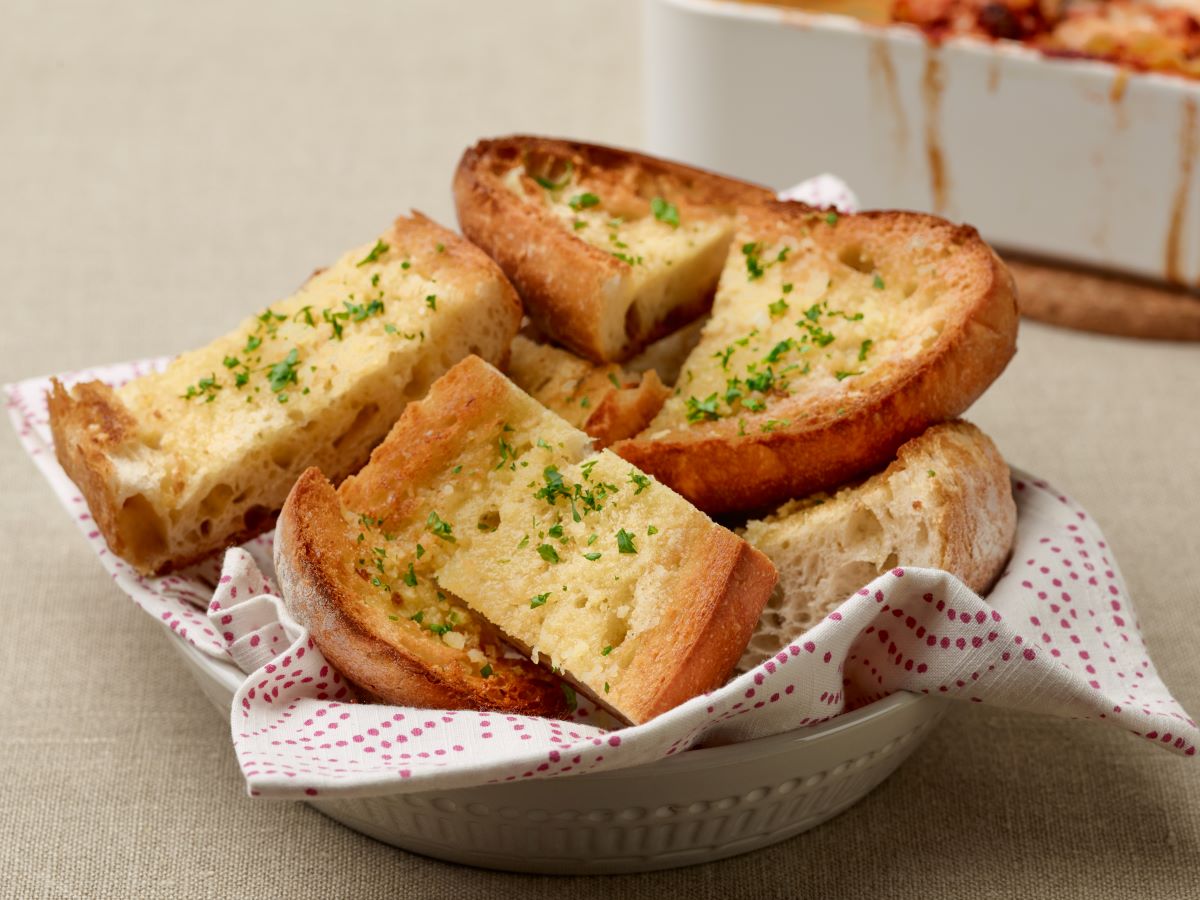

Articles
How To Store Garlic Bread
Modified: February 18, 2024
Looking for tips on how to store garlic bread? Check out our informative articles packed with practical advice and expert tips for keeping your garlic bread fresh and flavorful.
(Many of the links in this article redirect to a specific reviewed product. Your purchase of these products through affiliate links helps to generate commission for Storables.com, at no extra cost. Learn more)
Introduction
Welcome to the world of garlic bread, where the delectable combination of garlic and butter creates a symphony of flavors. Whether you’re a food enthusiast or just someone who appreciates a good snack, learning how to store garlic bread properly is essential to maintain its freshness and enjoy it at its best. In this article, we will guide you through the steps of selecting the right garlic bread, wrapping it correctly, storing it in the refrigerator, freezing it for longer shelf life, reheating it to perfection, and providing some tips to maintain its freshness.
Garlic bread, with its crispy exterior and soft, buttery interior, is a popular accompaniment to various dishes, from pasta and soups to barbecues and parties. It adds a burst of flavor and texture to any meal, making it a beloved treat for many. However, to fully enjoy the aromatic goodness of garlic bread, it’s important to handle and store it properly.
When it comes to selecting garlic bread, you have two main options: store-bought or homemade. If you opt for store-bought garlic bread, ensure that it is fresh and within the expiration date. Check for any signs of mold or staleness before purchasing. On the other hand, if you prefer homemade garlic bread, prepare it using fresh ingredients, including quality bread and fresh garlic cloves. This will ensure the best taste and texture.
Key Takeaways:
- Properly wrapping and storing garlic bread is essential to maintain its freshness and flavor. Consider factors like freshness, quality ingredients, and allergen considerations when selecting the right garlic bread.
- Reheating garlic bread can be done using various methods, such as oven baking, toaster oven, microwave, or grilling. Remember to reheat only what you need and avoid multiple reheating cycles to preserve its texture and taste.
Read more: How To Store Leftover Garlic Bread
Selecting the right garlic bread
When it comes to selecting the right garlic bread, there are a few factors to consider. Whether you’re buying it from the store or making it at home, these tips will help you choose the best option:
- Freshness: Look for garlic bread that is freshly baked or prepared. If you’re buying it from a bakery or grocery store, check for a crispy exterior and a soft, pillowy interior. Avoid garlic bread that appears stale or has a strong odor.
- Quality ingredients: Pay attention to the quality of the ingredients used in the garlic bread. If purchasing from a store, read the ingredient list to ensure there are no artificial additives or preservatives. If making it at home, use freshly minced garlic, high-quality butter, and a good-quality bread that will hold up to the garlic butter mixture.
- Flavor profile: Consider your personal taste preferences when selecting garlic bread. Some variations include additional ingredients like herbs, cheese, or even a hint of spice. Choose a flavor profile that complements your meal or satisfies your cravings.
- Size and portion: Determine the appropriate size and portion of garlic bread based on your needs. If serving as a side dish or appetizer, smaller portions may be ideal. However, if you’re using garlic bread as a main course or for a gathering, larger sizes or even garlic bread rolls might be more suitable.
- Allergen considerations: Be mindful of any dietary restrictions or allergies. Check the ingredient list for potential allergens such as nuts or gluten if purchasing from a store. When making garlic bread at home, consider using alternative ingredients to accommodate special dietary needs.
By considering these factors, you can ensure that you select the right garlic bread to suit your taste and dietary requirements. Once you’ve chosen the perfect garlic bread, the next step is to handle it properly and store it correctly to maintain its freshness.
Properly wrapping the garlic bread
One of the most important steps in preserving the freshness of garlic bread is to wrap it properly. Proper wrapping helps to retain moisture, prevent staleness, and protect the bread from absorbing odors from the refrigerator. Here’s how you can effectively wrap garlic bread:
- Cool it down: Allow the garlic bread to cool completely before wrapping it. Wrapping it while still warm can lead to condensation and moisture build-up, which can cause the bread to become soggy.
- Foil or plastic wrap: Choose between using aluminum foil or plastic wrap to wrap the garlic bread. Both options can effectively seal in the freshness, so it comes down to personal preference. If using foil, ensure it is tightly wrapped to minimize air exposure. If using plastic wrap, make sure there are no gaps or loose areas.
- Double wrap: For extra protection, consider double wrapping the garlic bread. Start with a layer of foil or plastic wrap, and then wrap it with another layer. This additional layer helps to provide a barrier against moisture and the absorption of odors.
- Label and date: If you’re storing multiple garlic breads or other items in the refrigerator, it’s helpful to label and date the wrapped garlic bread. This ensures that you can easily identify the contents and keep track of its freshness.
- Storage container: If you prefer using storage containers instead of foil or plastic wrap, ensure that the container is airtight and has a secure lid. This will help maintain the freshness of the garlic bread and prevent any cross-contamination with other foods.
- Freezer-safe bags: If you plan to freeze the garlic bread for longer-term storage, use freezer-safe bags instead of foil or plastic wrap. The freezer bags provide better protection against freezer burn and help to maintain the quality of the bread.
By following these wrapping techniques, you can preserve the freshness of the garlic bread and ensure that it remains delicious when you’re ready to enjoy it. Properly wrapped garlic bread can be stored in the refrigerator or freezer, depending on your needs and the desired shelf life.
Storing garlic bread in the refrigerator
Storing garlic bread in the refrigerator is a common practice to keep it fresh for a short period. Follow these steps to store garlic bread properly in the refrigerator:
- Cool down completely: Allow the garlic bread to cool down completely before storing it in the refrigerator. This helps prevent condensation, which can make the bread soggy.
- Wrap it well: Follow the proper wrapping techniques mentioned earlier to wrap the garlic bread tightly. Ensure that it is completely sealed to prevent air exposure and maintain its moisture.
- Find a suitable spot: Place the wrapped garlic bread in a designated spot in your refrigerator. It is recommended to store it on a shelf rather than in the door, as the temperature fluctuates more frequently in the door area.
- Use within a few days: Refrigerated garlic bread is best consumed within a few days of storage. Over time, the bread may become drier and lose its freshness.
- Reheating leftovers: If you have leftover refrigerated garlic bread, you can reheat it to enjoy it once again. Preheat your oven to 350°F (175°C), place the bread on a baking sheet, and bake for about 8-10 minutes or until heated through. This will help restore the crispness and reinvigorate the flavors.
Storing garlic bread in the refrigerator is a convenient option when you want to keep it fresh for a short duration. However, if you’re looking for a longer shelf life, freezing the garlic bread is a great alternative.
Store garlic bread in an airtight container or resealable plastic bag at room temperature for up to 2 days. For longer storage, wrap the bread in foil and freeze for up to 3 months. Reheat in the oven for best results.
Freezing garlic bread
Freezing garlic bread is an excellent option if you want to extend its shelf life and have it available whenever you’re in the mood for a tasty snack. Follow these steps to freeze garlic bread properly:
- Cool it down: Allow the garlic bread to cool completely before freezing. It’s important to freeze it when it is at its freshest to preserve both the taste and texture.
- Wrap it tightly: Use freezer-safe bags or airtight containers to wrap the garlic bread tightly. Double-wrapping with foil or plastic wrap is also recommended to provide an extra layer of protection against freezer burn.
- Label and date: Clearly label the package or container with the name and date of freezing. This will help you keep track of its freshness and ensure you use the oldest garlic bread first.
- Freeze quickly: Place the wrapped garlic bread in the freezer as soon as possible after it has been properly wrapped. This helps maintain its freshness and prevents any potential spoilage.
- Proper storage duration: Garlic bread can be stored in the freezer for up to 3 months. Beyond that time, the quality may deteriorate, and the flavors may diminish.
- Thawing process: When you’re ready to enjoy the garlic bread, remove it from the freezer and let it thaw at room temperature for about 30 minutes. Once thawed, you can reheat it using various methods, such as oven baking or toasting.
Freezing garlic bread allows you to have a ready-to-eat snack on hand, minimizing waste and maximizing convenience. Whether you want to freeze store-bought garlic bread or homemade garlic bread, this method will help preserve its freshness until you’re ready to enjoy it once again.
However, keep in mind that freezing may slightly alter the texture of the garlic bread. While the taste and flavors will still be present, the bread might become a bit softer after freezing and thawing. Nevertheless, it will still be delicious and satisfying.
Now that you know how to properly freeze garlic bread, you can generously stock up without worrying about it going to waste. Enjoy the convenience of having garlic bread readily available whenever you crave it!
Read more: How To Store Cooked Garlic Bread
Reheating garlic bread
Whether you have leftover garlic bread or you want to enjoy frozen garlic bread, reheating it correctly is key to bringing back its delightful taste and texture. Here are a few methods to consider when reheating garlic bread:
- Oven method: Preheat your oven to 350°F (175°C). Place the garlic bread on a baking sheet or directly on the oven rack for about 8-10 minutes or until it is heated through. This method helps restore the crispness and gives the bread a warm, buttery taste.
- Toaster oven method: If you have a toaster oven, it can be a convenient option for reheating smaller portions of garlic bread. Place the bread slices on the toaster oven rack and toast them for a few minutes until they are warmed and slightly crispy.
- Microwave method: If you’re looking for a quick solution, the microwave can be used to reheat garlic bread. Wrap the bread in a damp paper towel to prevent it from drying out, then microwave it on high for about 20-30 seconds. Keep a close eye on it to avoid making it overly chewy or hard.
- Grill or pan method: For a unique twist, you can grill or pan-fry garlic bread. Brush the bread with a little melted butter or oil and place it on a preheated grill or pan over medium heat. Cook each side for a couple of minutes until it is heated through and has a slightly charred, crispy exterior.
Whichever method you choose, it’s important to monitor the reheating process closely to avoid burning or overcooking the garlic bread. The goal is to heat it through without compromising its texture or flavors.
Once your garlic bread is reheated, it is ready to be enjoyed. Serve it alongside your favorite pasta dish, soup, or enjoy it as a delectable snack on its own.
Remember that reheating can only be done once, so it’s best to reheat only the amount you plan to consume to avoid any food waste. If you have leftover reheated garlic bread, it’s best discarded rather than attempting to reheat it again.
Now that you know several methods for reheating garlic bread, you can indulge in its deliciousness at any time, even if it’s not freshly baked.
Tips for maintaining freshness
To ensure that your garlic bread stays fresh and delicious for as long as possible, consider these helpful tips:
- Store in airtight containers: Whether you’re storing garlic bread in the refrigerator or freezer, using airtight containers helps prevent air exposure, which can lead to staleness and loss of moisture.
- Avoid moisture: Moisture is the enemy of crispy garlic bread. Keep the bread away from areas with high humidity, such as near the sink or steamy surfaces, to maintain its crispness.
- Avoid direct sunlight: Exposure to direct sunlight can cause the bread to dry out and lose its freshness. Store garlic bread in a cool, dark place to preserve its quality.
- Separate from strong-smelling foods: Garlic bread has a distinct, savory aroma, and it can absorb odors from other strong-smelling foods in the refrigerator or freezer. Keep it separate from pungent items to prevent flavor contamination.
- Consume within recommended time frame: Both refrigerated and frozen garlic bread have their respective storage durations. It’s best to consume the bread within the recommended time frame to enjoy it at its freshest.
- Reheat only what you need: If you have leftover garlic bread, only reheat the portion you plan to consume. Reheating it multiple times can cause it to dry out and lose its original texture.
- Label and date: When storing garlic bread in the refrigerator or freezer, make it a habit to label and date the packaging. This allows for easy identification and helps you keep track of its freshness.
- Quality ingredients: When making homemade garlic bread, use high-quality bread, fresh garlic, and quality butter or oil. Starting with quality ingredients will contribute to a better-tasting and longer-lasting garlic bread.
- Consume at room temperature: For the best flavor and texture, allow refrigerated or frozen garlic bread to come to room temperature before reheating or serving. This helps to bring out the full flavors and ensures a more enjoyable eating experience.
- Don’t refreeze thawed garlic bread: Once you’ve thawed garlic bread, it is not recommended to refreeze it. Refreezing can affect the texture and taste, leading to a less satisfying outcome.
By following these tips, you can maintain the freshness and quality of your garlic bread, ensuring that it remains as delicious as when it was first made.
Garlic bread is a delightful treat that can be enjoyed on its own or as a tasty side. By properly storing and reheating it, you can enjoy its irresistible aroma, buttery flavor, and crispy texture whenever the craving strikes.
Conclusion
Garlic bread, with its irresistible combination of garlic-infused buttery goodness and crispy texture, is a favorite among food enthusiasts. Properly storing and reheating garlic bread is essential to maintain its freshness and ensure a delightful eating experience.
In this article, we discussed the key steps to selecting the right garlic bread, wrapping it properly, storing it in the refrigerator, freezing it for longer shelf life, reheating it to perfection, and provided tips for maintaining its freshness.
When selecting garlic bread, prioritize freshness and quality ingredients. Properly wrap the garlic bread to prevent staleness and moisture loss. Storing garlic bread in the refrigerator can keep it fresh for a few days, while freezing it extends its shelf life for up to three months.
When it’s time to reheat garlic bread, methods like oven baking, toaster oven, microwave, or grilling can be used, depending on your preference and equipment available. Remember to reheat only what you need and avoid multiple reheating cycles, as it can affect the bread’s texture and taste.
To maintain the freshness of garlic bread, store it in airtight containers, separate it from strong-smelling foods, and keep it away from direct sunlight and excessive moisture. Label and date the packaging for easy identification and track freshness.
By following these guidelines, you can enjoy garlic bread at its best, whether it’s freshly made, refrigerated, or frozen. The crispiness, buttery taste, and aromatic flavors will make every bite a delight.
So, the next time you have garlic bread on hand, remember to store it properly, reheat it with care, and savor its deliciousness. With these tips, you’ll be able to enjoy fresh and flavorful garlic bread whenever you desire!
Frequently Asked Questions about How To Store Garlic Bread
Was this page helpful?
At Storables.com, we guarantee accurate and reliable information. Our content, validated by Expert Board Contributors, is crafted following stringent Editorial Policies. We're committed to providing you with well-researched, expert-backed insights for all your informational needs.
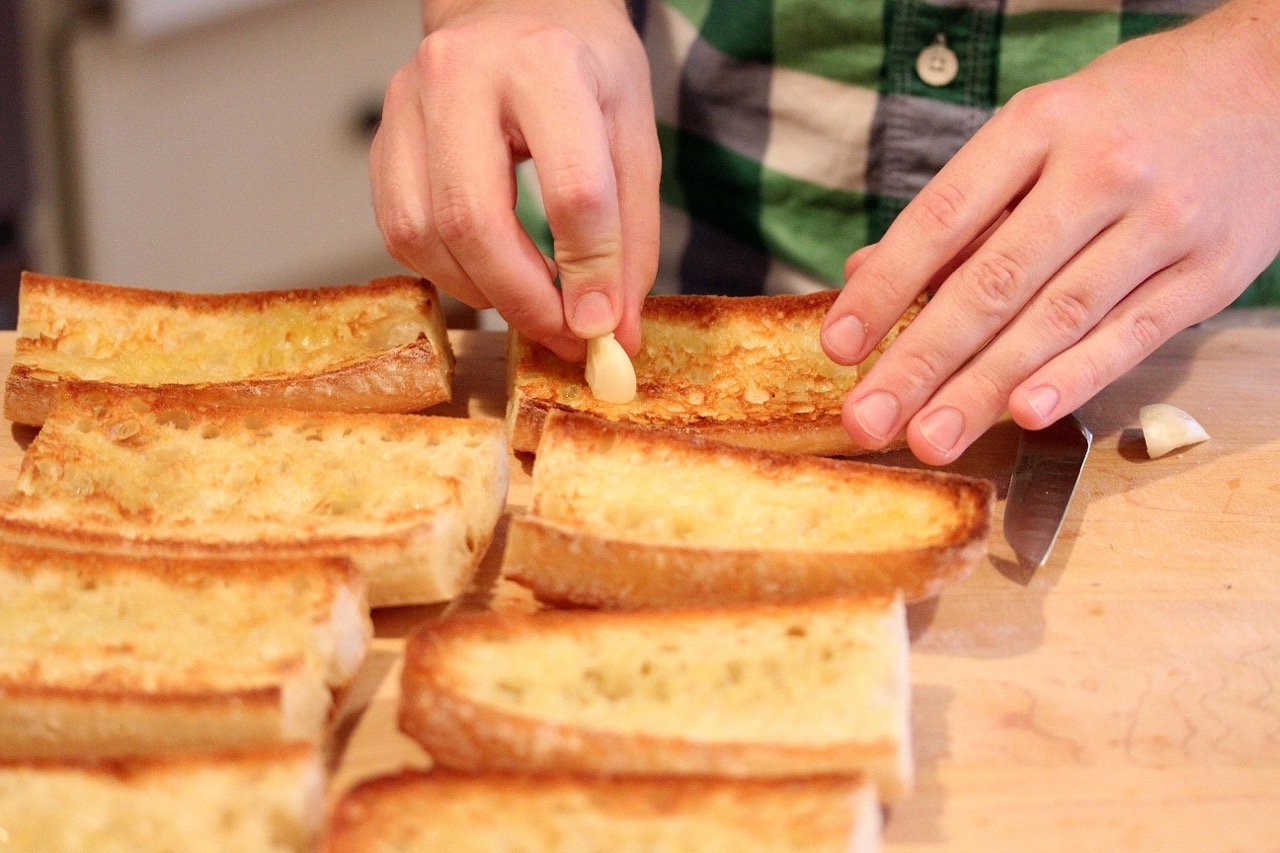

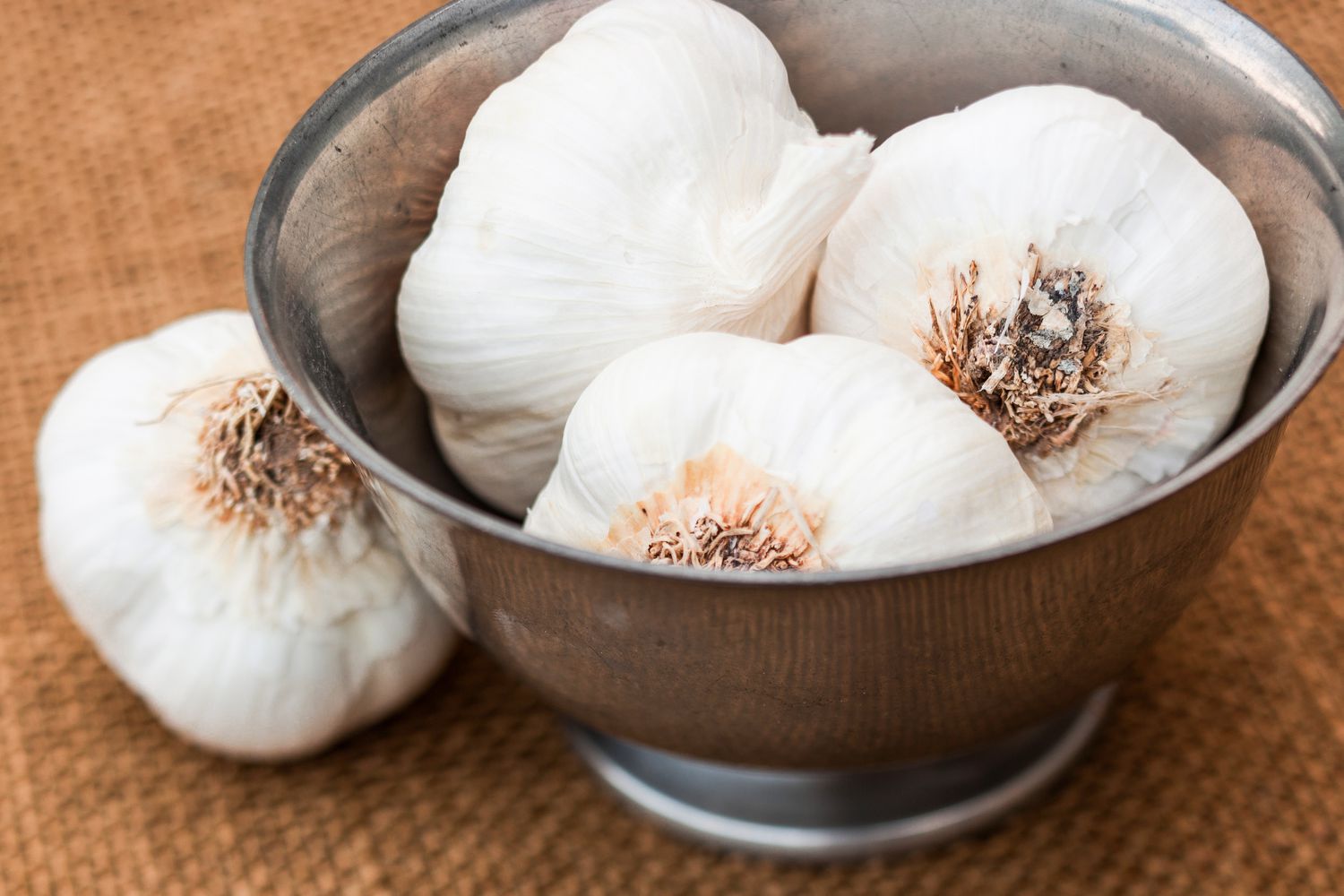
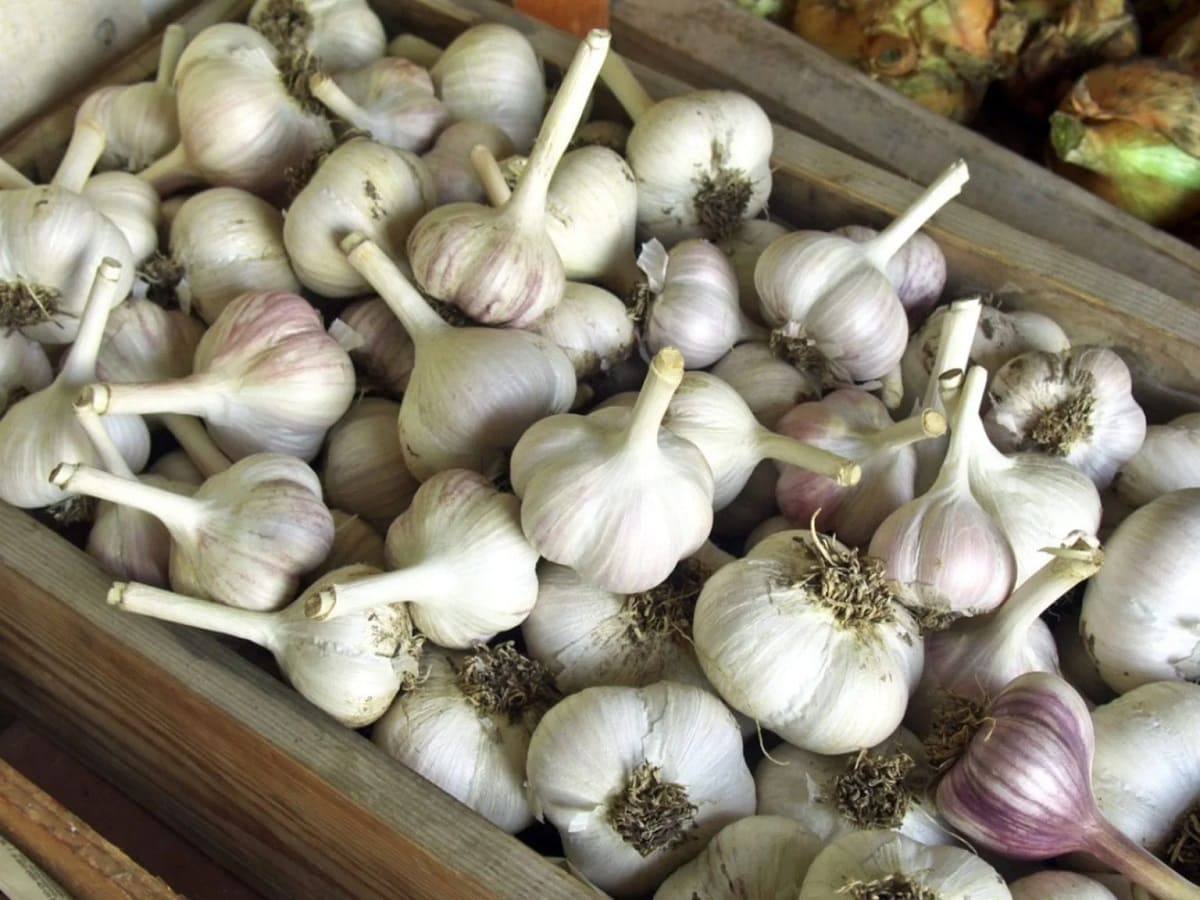
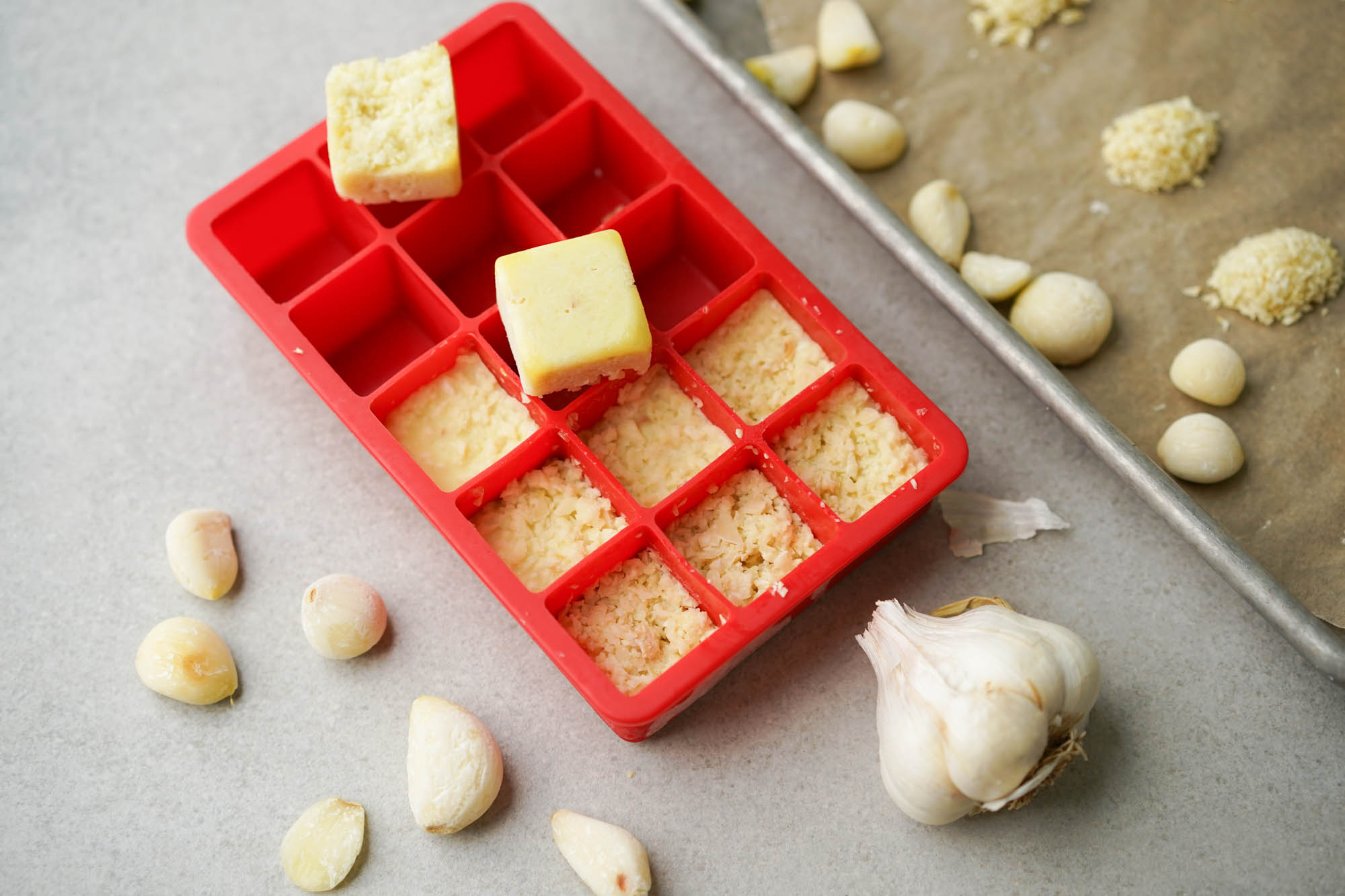
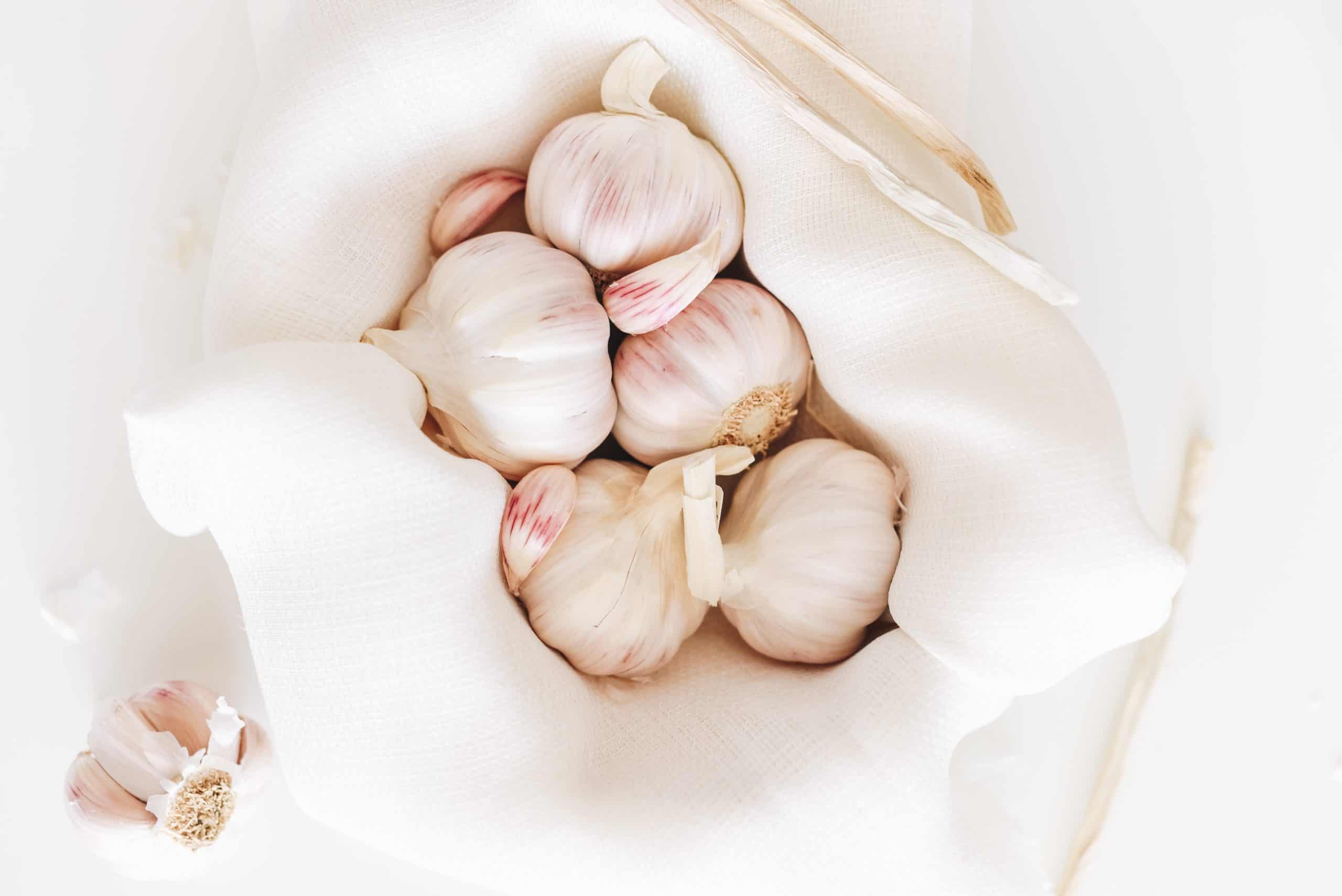
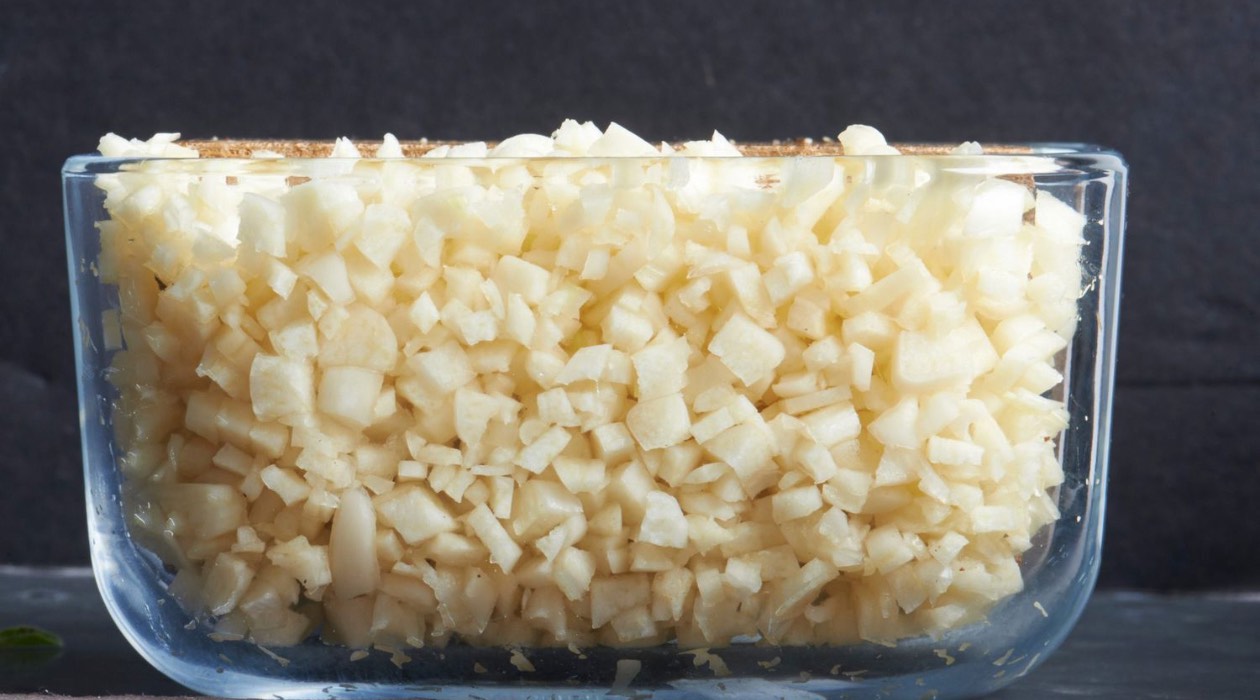
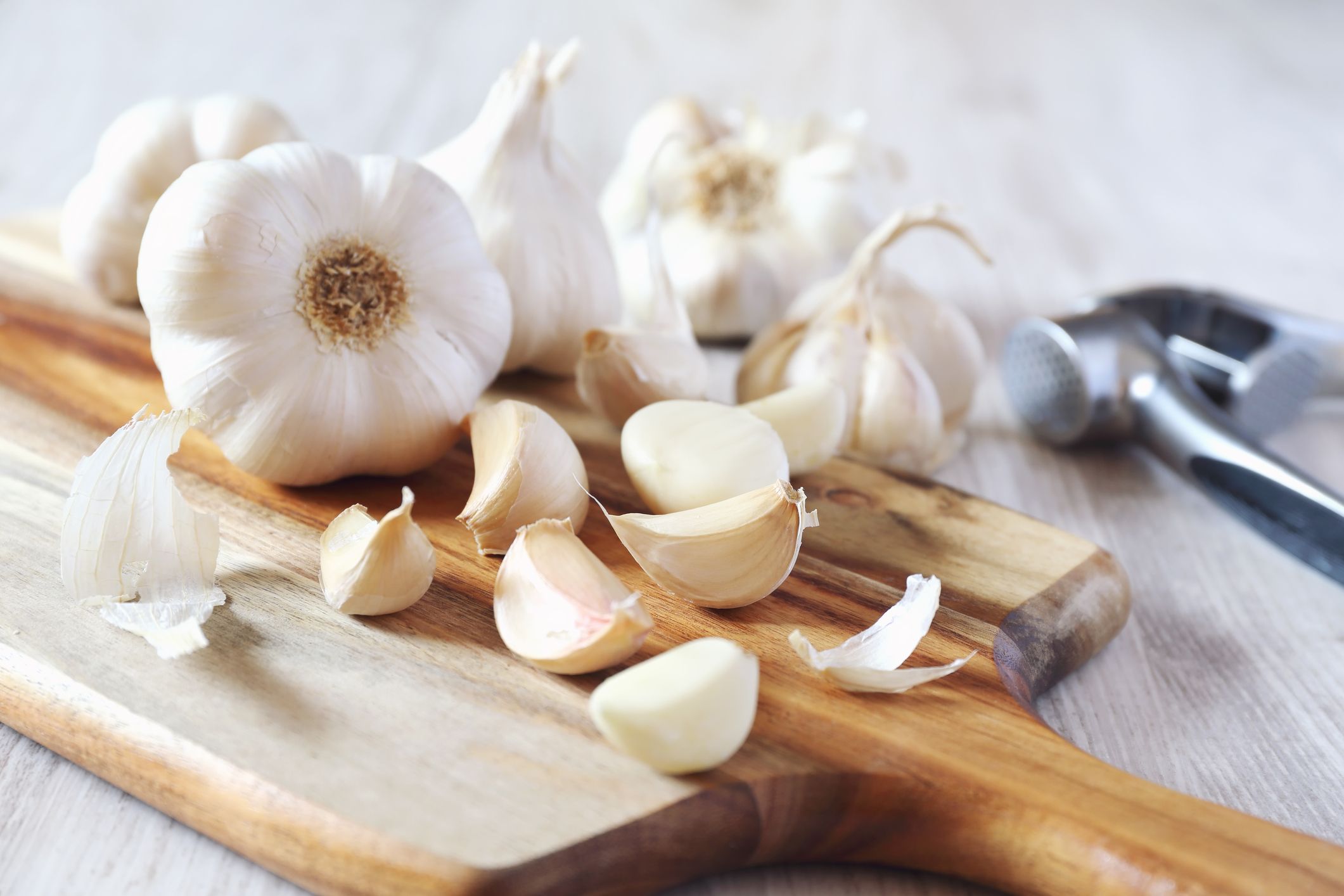
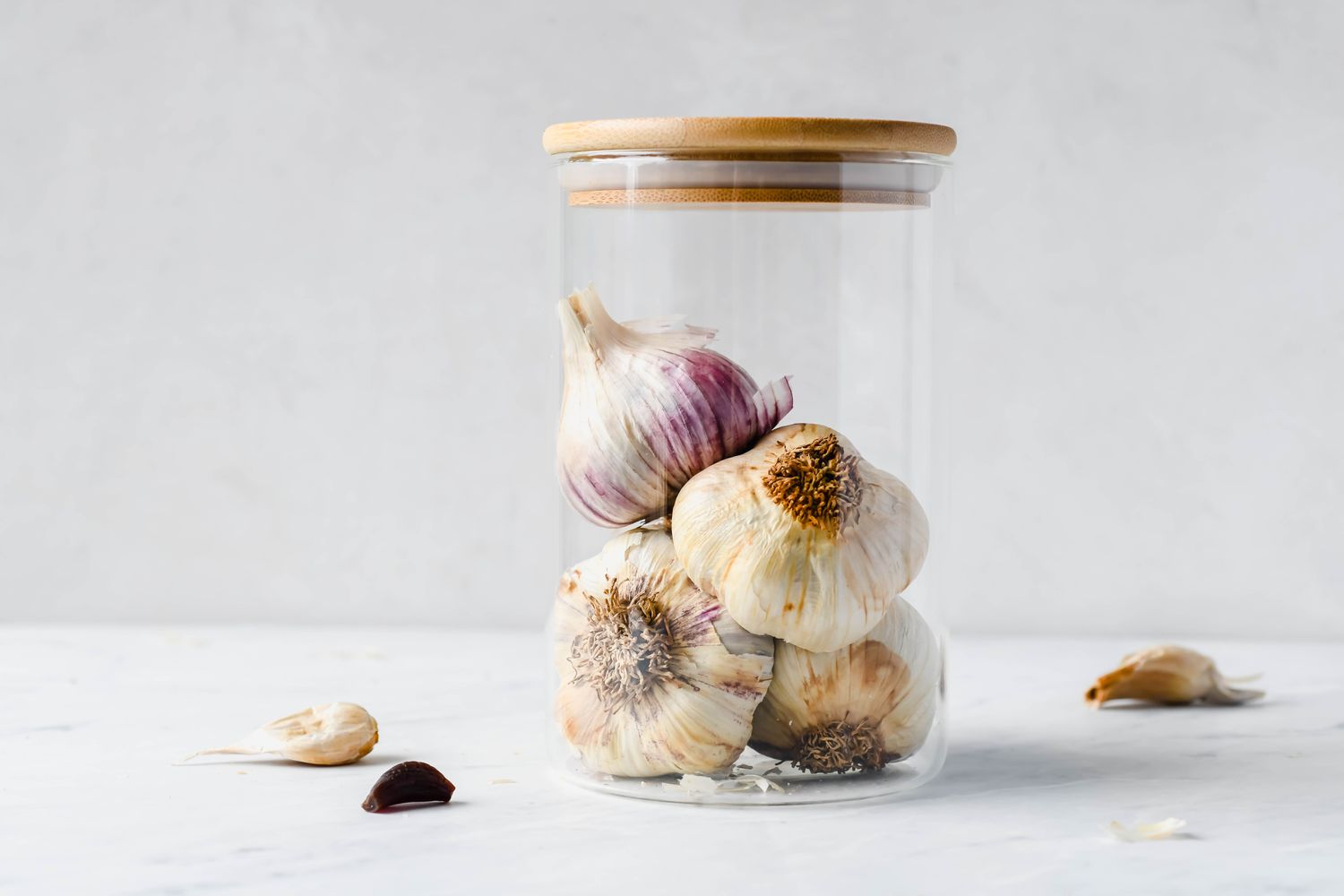
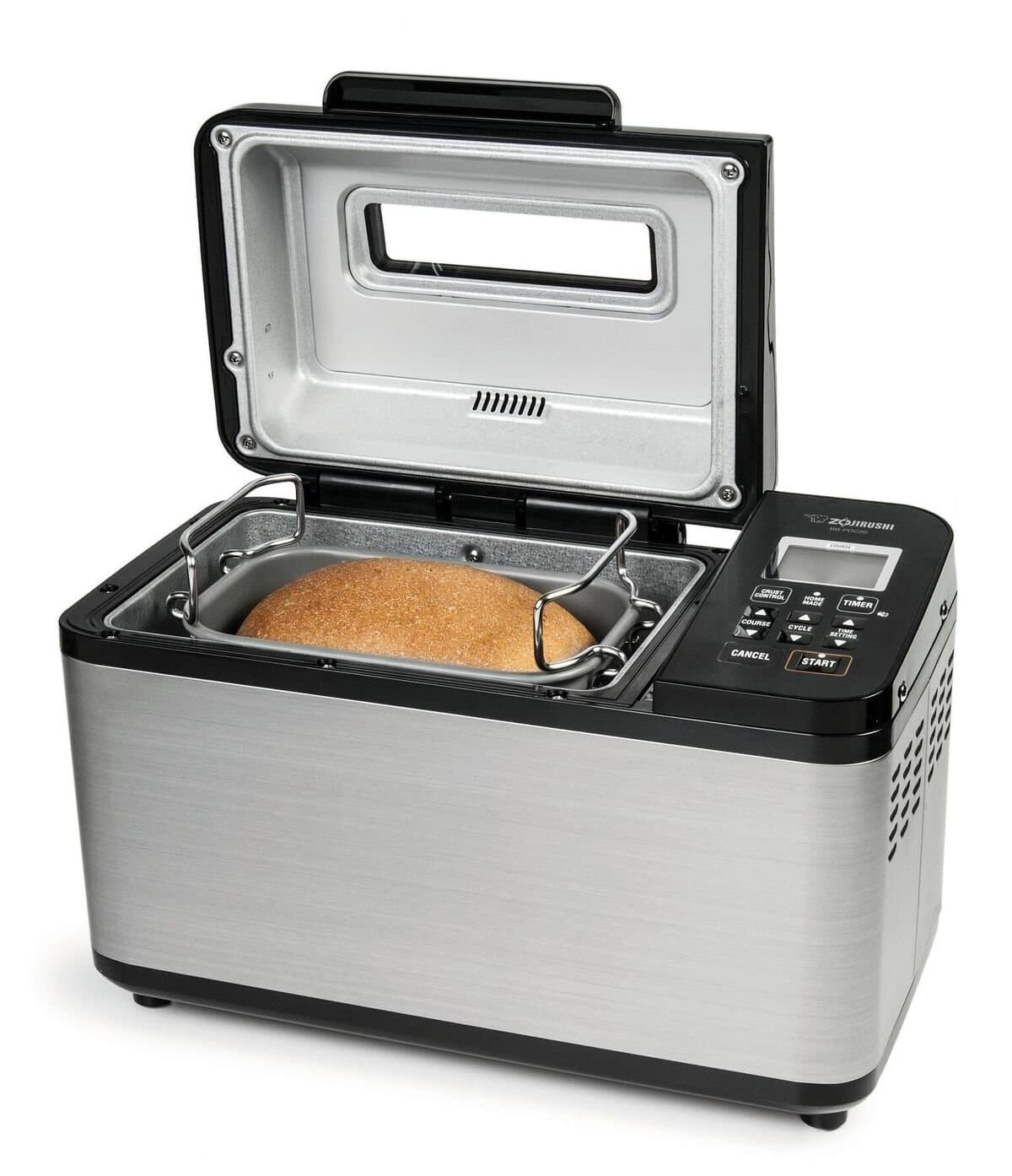
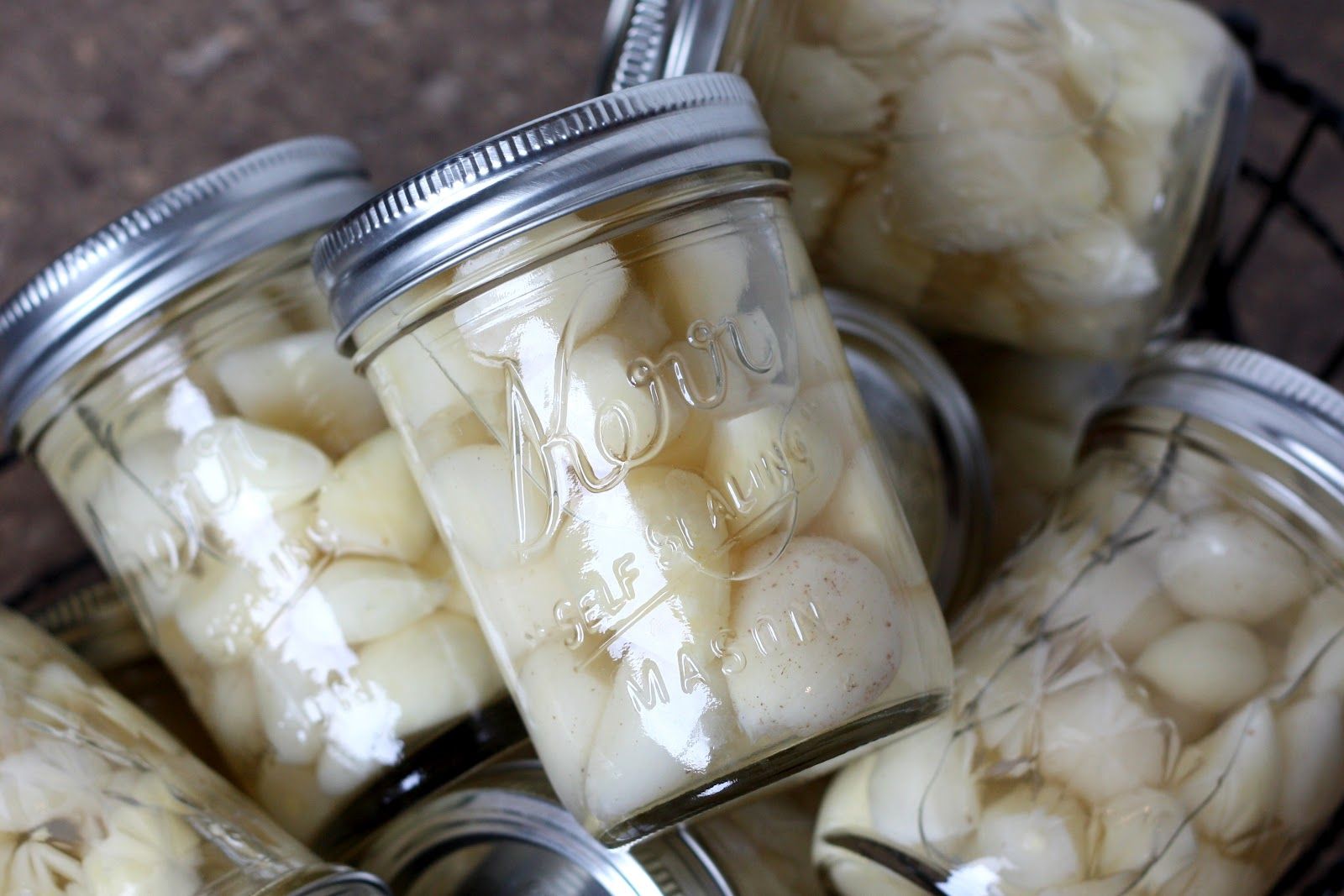
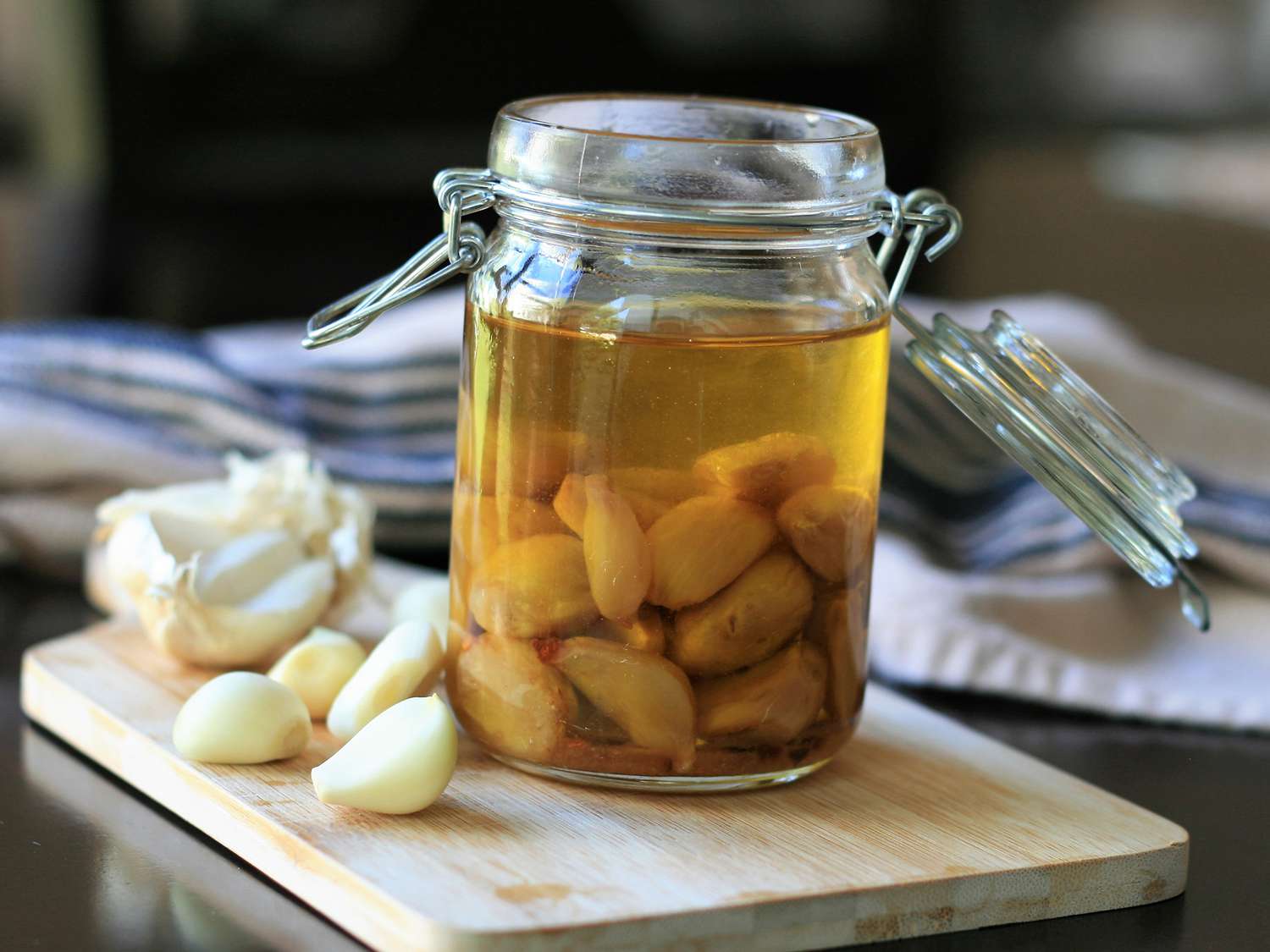
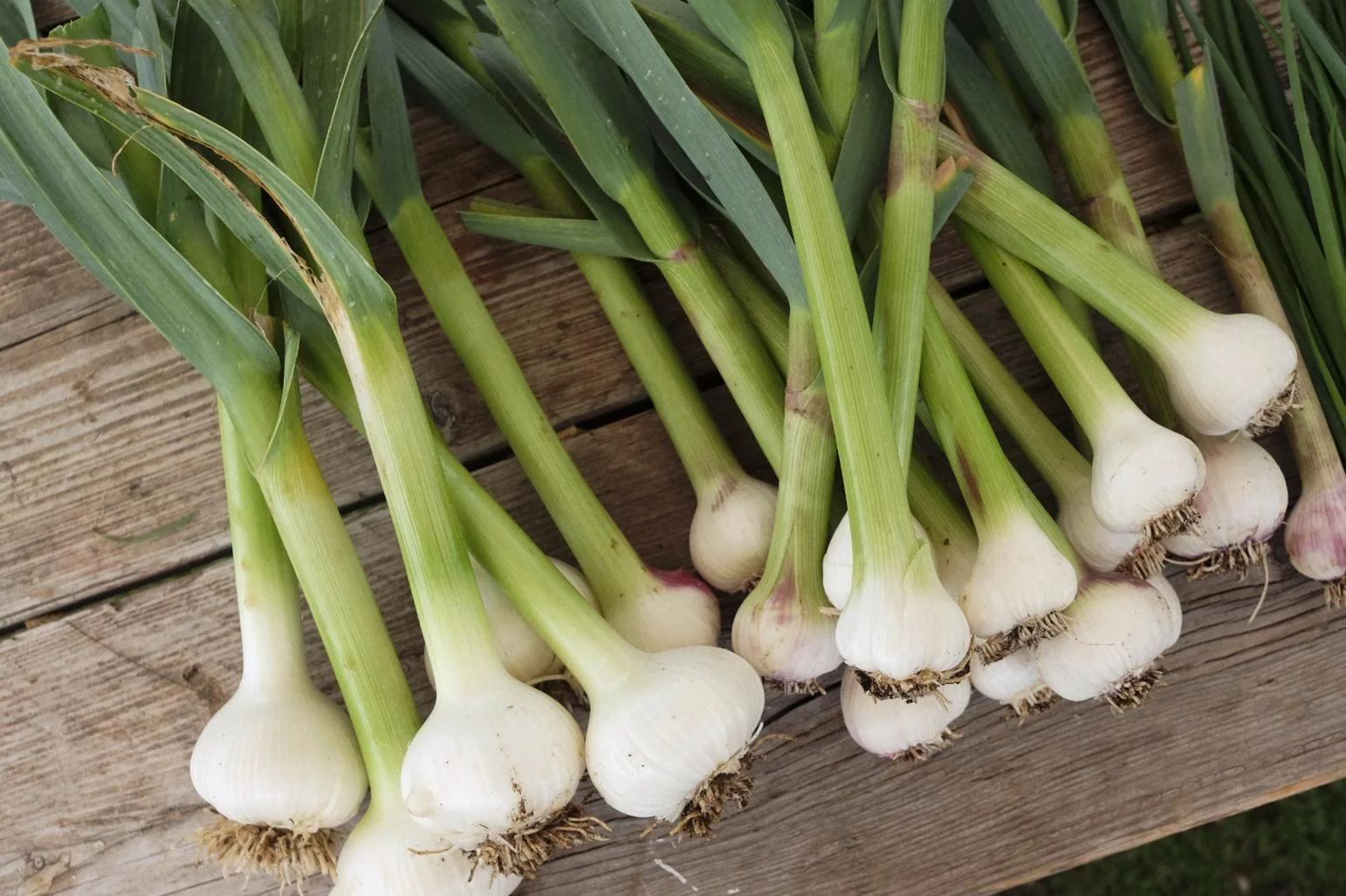
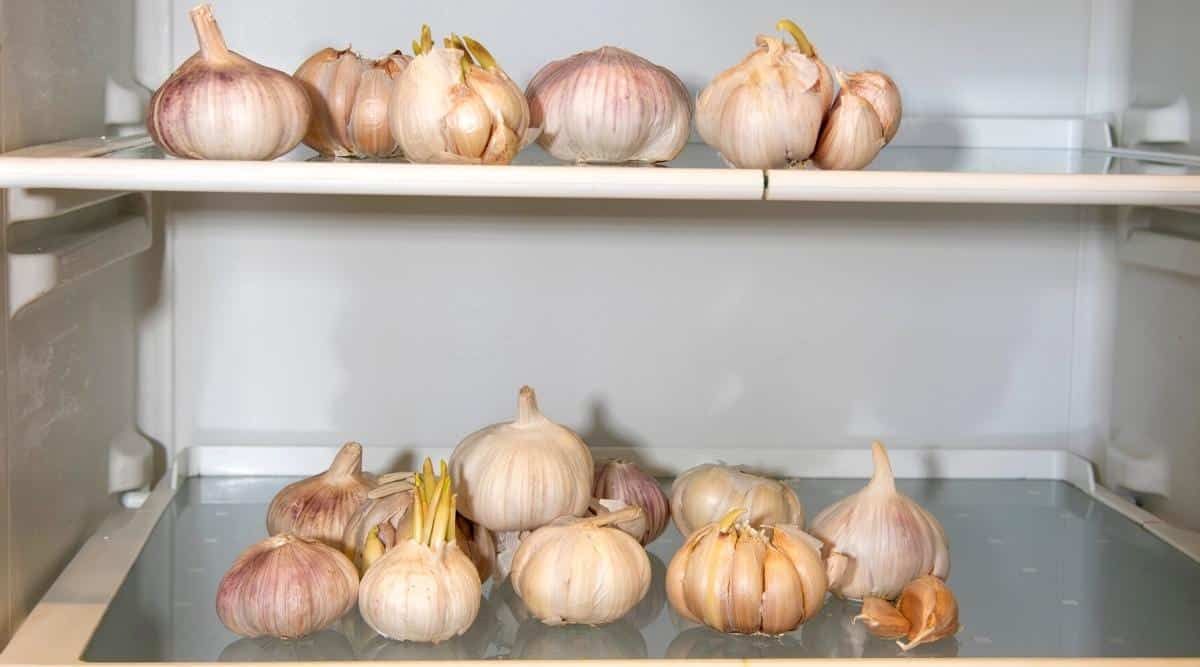

0 thoughts on “How To Store Garlic Bread”